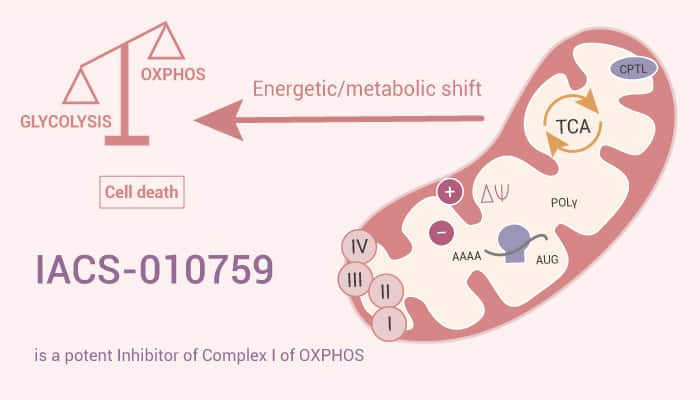Oxidative phosphorylation (OXPHOS) is a metabolic pathway in which cells use enzymes to oxidize nutrients. So it releases the chemical energy stored in nutrients to produce adenosine triphosphate (ATP). Besides, mitochondria are key players in the production and regulation of cellular bioenergy. Most adenosine triphosphate molecules are produced by OXPHOS. Moreover, OXPHOS is relevant to neuronal development, connectivity, plasticity and differentiation. Mitochondria and OXPHOS are not only responsible for the production of high-energy phosphates, such as ATP and phosphocreatine. Furthermore, they are also relevant to various cellular processes. They include calcium homeostasis, cAMP/PKA signaling, inflammation, reactive oxygen species (ROS) production and apoptosis. The main defects of the OXPHOS system directly affect mitochondrial function and lead to a variety of disease phenotypes.
OXPHOS maintains organelle function and plays a central role in cell energy metabolism. Specifically, the OXPHOS system consists of five multi-subunit complexes (CI-CV) encoded by nuclear (nDNA) and mitochondrial DNA (mtDNA). In addition to a strong dependence on glycolysis, many tumor or cancer cell subsets also rely on OXPHOS for bioenergy and biosynthesis. Here, we will introduce an orally active, potent mitochondrial complex I of OXPHOS inhibitor, IACS-010759.
IACS-010759 is a Potent Inhibitor of Complex I of OXPHOS.

First of all, IACS-010759 inhibits proliferation and induces apoptosis in models of brain cancer and acute myeloid leukemia (AML) reliant on OXPHOS. Meanwhile, IACS-010759 has the potential for relapsed/refractory AML and solid tumors research.
Secondly, IACS-010759 with 10-100 nM for 4 or 5 days reduces viability and induces apoptosis in primary AML. Nonetheless, IACS-010759 robustly inhibits both OCR and galactose-dependent H460 cell viability and has nearly identical IC50 values of 1.4 nM. Importantly, IACS-010759 is similarly active in mouse (average IC50 = 5.6 nM), rat (IC50 = 12.2 nM), and cynomolgus monkey (IC50 = 8.7 nM) cell lines. Particularly, IACS-010759 yields a maximal reduction of growth of > 50% in the majority of cancer cell lines.
Thirdly, IACS-010759 results in tumor regression at the 5 or 10 mg/kg dose by oral for 21 d in mice PGD-null subcutaneous xenografts. IACS-010759 has minimal bodyweight loss. Obviously, IACS-010759 at the 25 mg/kg dose is not tolerated. IACS-010759 HCl increases median survival from 28 d to longer than 60 d. Whereas less frequent dosing schedules (Q2D or Q3D) enhances survival to a lesser extent. In particular, IACS-010759 has low plasma clearance with a high volume of distribution, resulting in a prolonged terminal half-life (>24 h).
Finally, IACS-010759 is an orally active, potent mitochondrial complex I of OXPHOS inhibitor.
References:
Jennifer R Molina, et al. Nat Med. 2018 Jul;24(7):1036-1046.